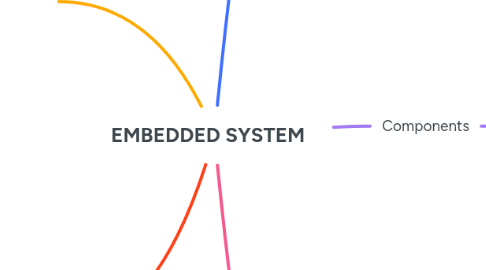
1. Selection of Microprocessor / Microcontroller
1.1. Required Peripheral Interfaces
1.2. Software Architecture
1.3. CPU Architecture
1.4. Memory Need
1.5. Cost
1.6. Availability and Supply
1.7. Development Kit and Support
1.8. Compilers and Tools
2. Other Indirect Cost Involved in Selecting a MCU
2.1. Power Consumption
2.2. Heat Sink Requirement
2.3. Space on PCB
2.4. Other passive and active support components
2.5. PCB Assembly Cost
3. Example
3.1. Laser Printer
3.1.1. The microprocessor’s primary task
3.1.1.1. decode the different files given to it and understand the font and graphics
3.1.1.2. understand the text and control the printing head such that it discharges ink where it is needed
4. Components
4.1. Hardware
4.1.1. Microprocessor / Microcontroller
4.1.1.1. CPU
4.1.1.2. Registers
4.1.1.3. Interrupt Controller
4.1.1.4. Watchdog
4.1.2. Peripherals
4.1.2.1. I/O Ports
4.1.2.2. ADC – Analog to Digital Converter
4.1.2.3. Timers
4.1.2.4. PWM
4.1.2.5. RTC – Real Time Clock
4.1.2.6. Communication Interfaces
4.1.3. Memories
4.1.3.1. Flash
4.1.3.2. RAM
4.1.3.3. EEPROM
4.1.4. Active / Passive Components
4.1.4.1. Crystal Oscillator
4.1.4.2. Filters
4.1.4.3. Pull Up / Down Circuit
4.1.5. Power Supply and Controller PMIC
4.2. Software
4.2.1. Application Software
4.2.2. Operating System
4.2.3. Drivers
